Authorities seek fixes to unprecedented erosion at Sunset Beach, Oahu

Experts say the severe erosion taking place at Sunset Beach is reaching unprecedented levels. Researchers at the University of Hawaii say the shoreline at Sunset Beach is the most landward it has ever been, according to historical records and aerial photos.
California cliffs at risk of collapse identified
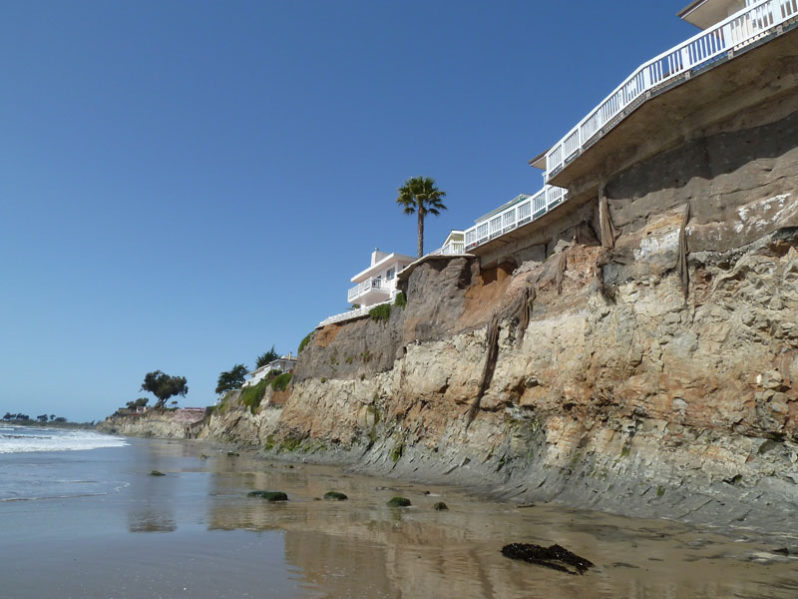
Danger – Unstable Cliffs – Stay Back: The yellow warning signs that pepper coastal cliffs from northern California to the US-Mexico border may seem overly dramatic to the casual observer. But actively eroding cliffs make up the majority of the California coastline.
Erosion creates dangerous cliff conditions on Oahu’s North Shore
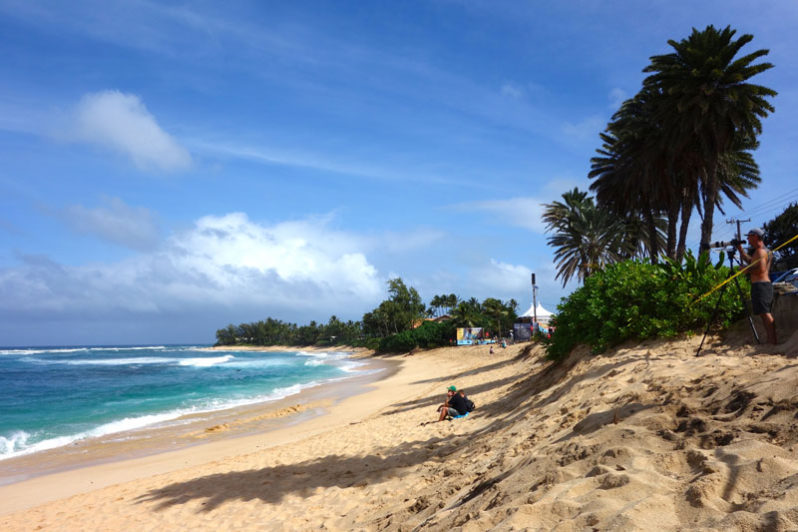
Stay away from Sunset Beach. That’s the latest warning from the city Ocean Safety and Lifeguard Services Division as extreme erosion takes its toll on Oahu’s North Shore.
Sand in the gears of climate change
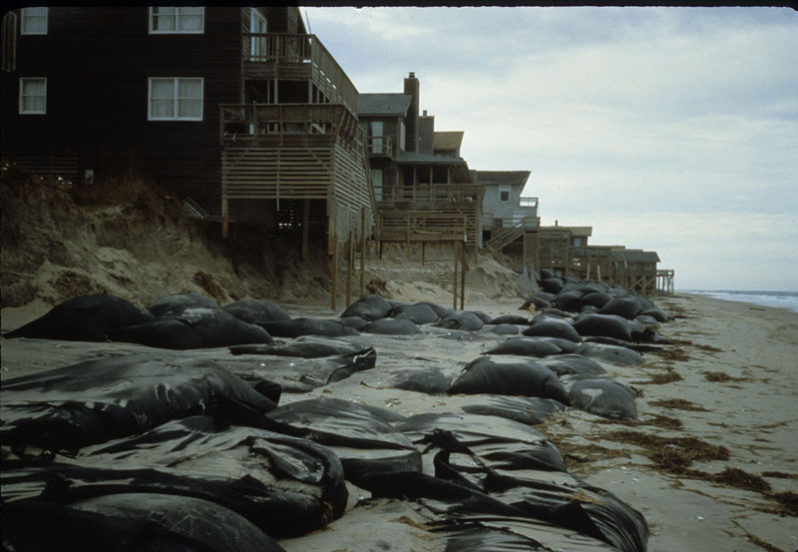
For decades it’s been well understood that soft-sand beaches move — and that hard structures like concrete sea walls and stone jetties can in fact accelerate erosion. With climate change — rising sea levels and more frequent violent storms — the inevitable beach erosion and migration has only increased.
Protecting The Netherlands’ Vulnerable Coasts With A ‘Sand Motor’

Along the southwestern coast of the Netherlands, not far from The Hague, kite surfers glide on the waves around a huge sand peninsula where beachcombers photograph seagulls. But the peninsula is more than just a recreation spot. It’s also an experiment in coastal management: It keeps the sea away from nearby cities.
One in ten historic coastal landfill sites in England are at risk of erosion
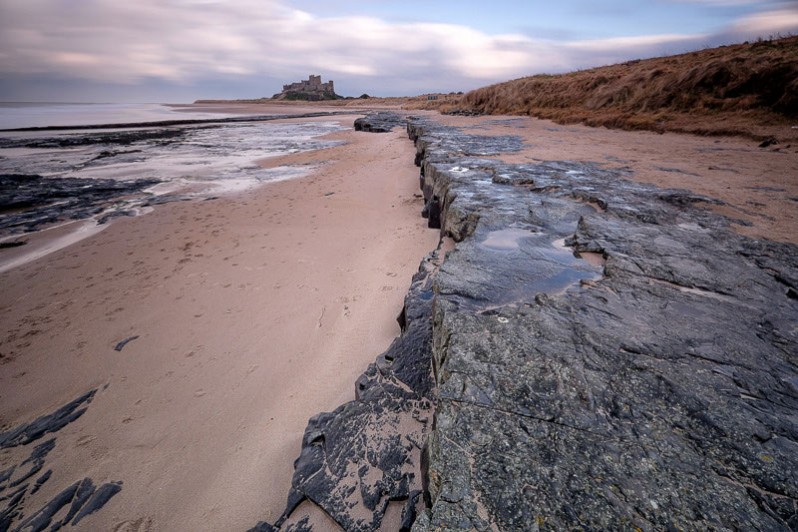
Coastal erosion may release waste from ten per cent of England’s historic coastal landfills in the next forty years, according to research from Queen Mary University of London and the Environment Agency.
The Mekong, Dammed to Die
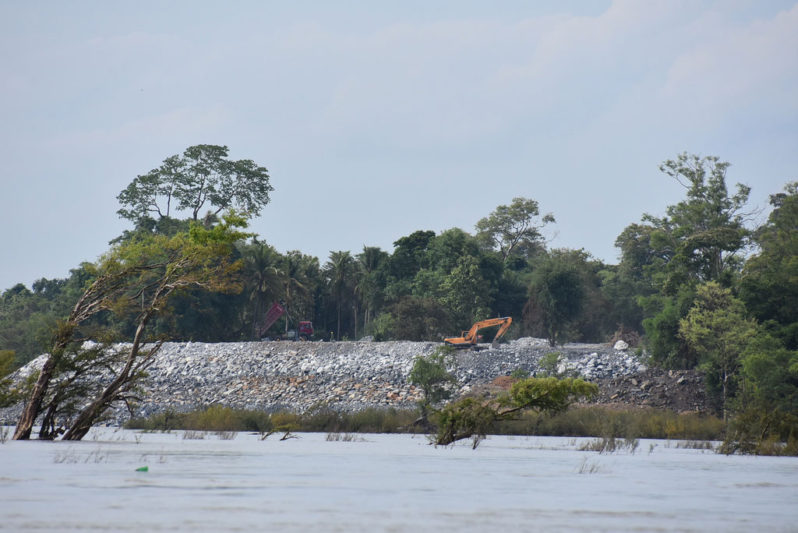
In Laos, the lush forests are alive with the whines of drills that pierce the air. On the Mekong, a giant concrete wall rises slowly above the trees. The Don Sahong dam is a strong symbol, not only for a power-hungry Asia but also for what critics fear is a disaster in the making.
Swallowed by the Sea: Where coastal infrastructure and jobs meet climate change
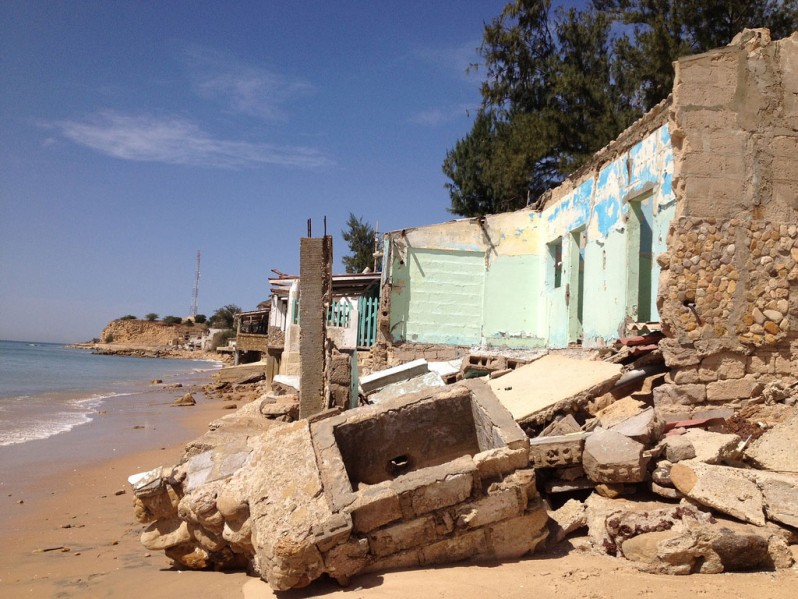
Life is shifting fast for coastal communities in West Africa. In some areas, coastlines are eroding as much as 10 meters per year. Stronger storms and rising seas are wiping out homes, roads and buildings that have served as landmarks for generations.
Eyes on the Coast—Video Cameras Help Forecast Coastal Change

Coastal communities count on beaches for recreation and for protection from large waves, but beaches are vulnerable to threats such as erosion by storms and flooding. Whether beaches grow, shrink, or disappear depends in part on what happens just offshore. If we understand these processes, scientists can include them in computer models of coastal change that can be used to forecast future changes over years, decades, or even centuries.
